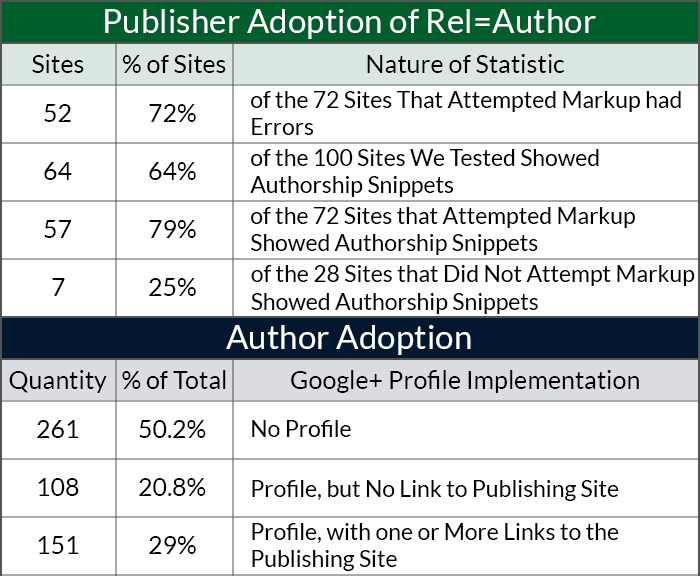Messenger for Business offers a range of new possibilities to merchants.
Today at Facebook’s developer conference F8 the company announced, among other things, Messenger Platform, which opens up the app to third party publisher and developers. As one feature of Messenger Platform, Facebook also introduced what it’s calling “Messenger for Business.”The objective is to “reinvent the way people communicate and interact with businesses.” Initial integrations include e-commerce sites Everlane and Zulily. Customer service software provider Zendesk is also supporting the platform.
Facebook isn’t limiting the program to e-commerce; it wants to make Messenger a customer service/live chat channel for all kinds of businesses. For now the focus, however, is on enterprises. Small businesses have access to similar messaging functionality through their existing Pages.
There are different technical integrations and specifications behind the scenes. But what Messenger for Business is intended to do is replace email and provide real-time business-customer interaction and rich notifications (see graphics above and below). Where Messenger is integrated and consumers are logged in to Facebook, they’ll see an opt-in prompt on partner commerce sites to receive shipping notifications.
If users agree they’ll receive Messenger updates tied to specific shipping events (e.g., delay). Customers will also be able to discuss anything with the enterprise or merchant, including the desire to buy more of something. Facebook told me that both Everlane and Zulily reps could address the potential sales opportunities.
I asked about automation vs. live human support. Facebook stressed that it was up to the partner but the company’s preference was for human customer service and support vs. chat bots.
In an ideal scenario Messenger for Business removes friction from the customer service process (now mostly telephone based) and could result in incremental sales for merchants. There are lots of interesting possibilities. As with all things, however, partner execution will mater to the user experience. Facebook is being careful to selectively roll out the feature to those partners the company believes will deliver a great experience.
Read more Click here / www.advante360.com


























